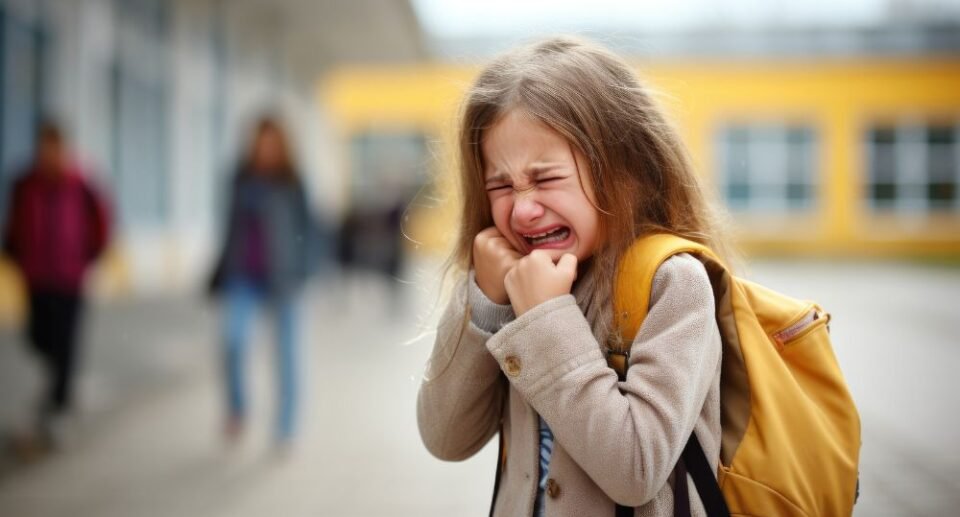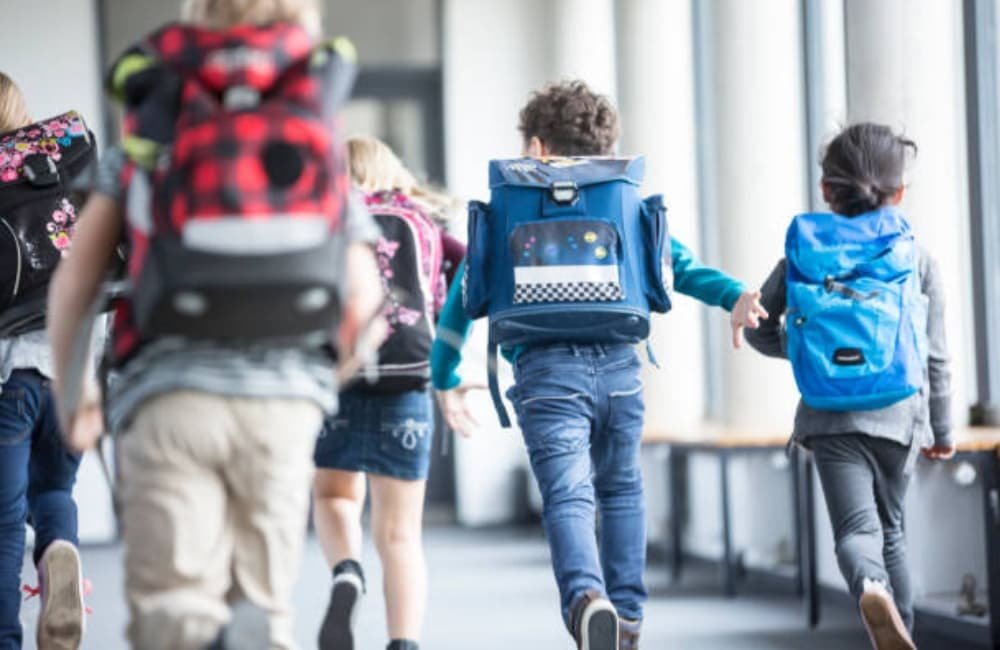Why Kids Crash Out of School and What We Can Do About It

A new trend in many schools is some kids mentally and emotionally disengaging from school while remaining enrolled. These students often exhibit disruptive or unusual behavior during class, which not only affects their own learning but also disrupts peers and challenges teachers’ classroom management. This behavior can arise from complex causes including home issues, peer conflicts, or learning difficulties. Below, we explore this growing issue and what can be done to support these students effectively.
What are School Crashout Kids?
School crashout kids are students who have given up on school mentally and emotionally while still being enrolled. Unlike dropouts, these students remain on school rolls but have stopped meaningful participation in learning. This can happen at any age, from elementary to high school. Reasons often include:
- Boredom or anxiety
- Feeling unsupported by adults
- Struggles with peer relationships
These students often go unnoticed because they haven’t formally left school—they’re quietly disengaging. This affects not only academics but also social development, mental health, and future opportunities.
Why Do Kids Crash Out of School?
The reasons behind school crashout are complex and interconnected. Key causes include:
Too Much Pressure to Do Well
Students face intense academic pressure, with standardized testing and competitive college admissions increasing anxiety. When children feel their worth depends on grades, fear of failure can lead them to disengage as a coping mechanism.
Not Enough Support from Teachers or Parents
Overcrowded classrooms and busy parents can leave struggling kids without the help they need. When kids hate school due to lack of academic or emotional support, they often feel uncared for, which accelerates their disengagement.
Problems at Home (Divorce, Illness, Money Troubles)
Family issues create emotional turmoil that distracts from school. Children may take on adult responsibilities or experience stress that leads to anxiety and behavioral problems affecting education.
Learning Problems Like Dyslexia or ADHD
Undiagnosed or unsupported learning disabilities cause daily frustration. Students often work harder but achieve less, harming their self-confidence and making school a place of struggle rather than growth.
Bullying from Other Students
Bullying causes victims to associate school with fear and humiliation. This leads to anxiety, absenteeism, and withdrawal from school activities. Cyberbullying extends these effects beyond school hours.
Boring or Hard-to-Understand Lessons
Curriculum that fails to engage or accommodate diverse learning styles causes students to lose interest. Lack of creative, hands-on learning options reduces motivation.
Too Much Screen Time and Internet Use
Excessive digital media exposure creates neurological patterns craving constant novelty, making traditional classroom learning feel slow and boring. This digital overstimulation can disrupt sleep and attention.
Families Without Enough Money or Resources
Socioeconomic hardships limit access to resources and create stress that impairs cognitive function. Many children juggle responsibilities and lack educational materials or supportive environments. The financial strain on families, even with financial assistance including dependent tax credits and other governmental incentives, can still mean difficult choices between basic necessities and educational enrichment, impacting a child’s ability to focus and thrive in school.
How Crashing Out Affects Kids Emotionally
School crashout affects nearly every aspect of a child’s well-being, including:
- Diminished hope for the future
- Loss of self-confidence
- Increased anxiety and depression
- Social isolation
- Shame and stigma
- Anger toward educational institutions
- Erosion of trust in adults
- Heightened vulnerability to negative influences
What Parents Should Look Out For
Early identification is critical. Watch for:
- Declining grades or incomplete assignments
- Avoidance of school or related activities
- Withdrawal from friends or family discussions about school
- Expressions of hopelessness about education
- Physical symptoms like disrupted sleep or headaches on school days
Persistent patterns deserve attention and support.
We Need to Make Classrooms Feel Safe and Welcoming
A safe learning environment encourages engagement. Schools should:
- Normalize mistakes as opportunities for growth
- Celebrate diversity and immediately address exclusion or bullying
- Provide comfortable physical spaces with sensory accommodations
- Build genuine community through group projects and collaboration
What Schools Can Do to Prevent Crashouts
Effective strategies include:
- Discipline policies that keep students in class and promote positive behavior
- Early warning systems tracking attendance, behavior, and grades
- Multi-tiered support systems (MTSS) offering personalized interventions
- Diverse learning pathways including technical and project-based options
- Advisory programs fostering strong adult-student relationships
How to Stop Kids from Crashing Out in School
Preventing school crashout requires coordinated interventions addressing both academic and non-academic factors: Prevention requires coordinated approaches:
- Personalized learning plans addressing individual needs
- Multiple pathways to success with varied assessments
- Social-emotional learning teaching resilience and coping skills
- Trauma-informed teacher training
- Access to mental health services and community resources
- Flexible scheduling for family/work obligations
What Government Policy Says About Crashing Out from School?
Current policies addressing school crashout share several common themes:
- Chronic absenteeism and graduation rates
- Multi-tiered support funding
- Special education accommodations
- Equity in discipline and resources
- Anti-bullying prevention
- Expanding mental health mandates
- Improved data tracking of disengagement
What the Future Could Look Like
Reimagining education to prevent crashout requires systemic transformation. Future models might feature personalized learning pathways tailored to individual interests and strengths. School structures could evolve beyond the industrial model to incorporate flexible timing and authentic community experiences. Assessment systems might shift toward demonstrating competency through portfolios and projects rather than standardized testing alone.
Future schools may function as community hubs integrating educational, health, and family support services. Most importantly, future systems might recognize student engagement as a relationship between learners and environments, with schools taking responsibility for creating compelling educational experiences.
How Parents, Teachers, and Schools Can Work Together for Crashout Situation
Strong collaboration includes:
- Celebrating small achievements to rebuild confidence
- Regular home-school communication
- Collaborative intervention plans with clear roles
- Student support teams coordinating efforts
- Parent engagement accommodating diverse families
- Home visits and digital portals for real-time updates
- Community partnerships addressing non-academic needs
- Including students in problem-solving

Aashley Kai is the Editorial Director of Chelsea Famous Parenting and a licensed expert in early childhood education. She holds a Master’s in Child Psychology from the University of Texas Southwestern Medical Center and has worked as a preschool teacher and child therapist. Since joining in 2024, Aashley has been dedicated to creating well-researched, trustworthy parenting resources. Her work helps parents and caregivers foster nurturing, educational environments for children. Outside of work, she enjoys hiking and photography, capturing nature from a child’s perspective.







